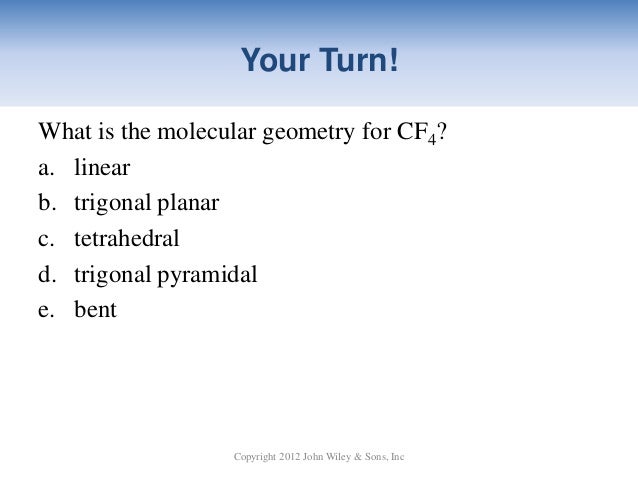
As of 2019, the man-made gases CFC-11 and CFC-12 continue to contribute a stronger radiative forcing than PFC-14. Its atmospheric concentration is growing. Tetrafluoromethane is the most abundant perfluorocarbon in the atmosphere, where it is designated as PFC-14. It is very stable, has an atmospheric lifetime of 50,000 years, and a high greenhouse warming potential 6,500 times that of CO 2. Tetrafluoromethane is a potent greenhouse gas that contributes to the greenhouse effect. Environmental effects Ītmospheric concentration of CF 4 (PFC-14) vs. It is used in electronics microfabrication alone or in combination with oxygen as a plasma etchant for silicon, silicon dioxide, and silicon nitride. Tetrafluoromethane is sometimes used as a low temperature refrigerant (R-14). It is very slightly soluble in water (about 20 mg⋅L −1), but miscible with organic solvents. Thermal decomposition or combustion of CF 4 produces toxic gases ( carbonyl fluoride and carbon monoxide) and in the presence of water will also yield hydrogen fluoride. However, it reacts explosively with alkali metals. As a result, it is inert to acids and hydroxides. The bonds in tetrafluoromethane have a bonding energy of 515 kJ⋅mol −1. Tetrafluoromethane, like other fluorocarbons, is very stable due to the strength of its carbon–fluorine bonds. Tetrafluoromethane and silicon tetrafluoride can be prepared in the laboratory by the reaction of silicon carbide with fluorine. Consequently, CFĤ is prepared on an industrial scale using hydrogen fluoride: CCl 2F 2 + 2 HF → CF 4 + 2 HCl Laboratory synthesis

Commercially it is manufactured by the reaction of hydrogen fluoride with dichlorodifluoromethane or chlorotrifluoromethane it is also produced during the electrolysis of metal fluorides MF, MF 2 using a carbon electrode.Īlthough it can be made from a myriad of precursors and fluorine, elemental fluorine is expensive and difficult to handle. It can also be prepared by the fluorination of carbon dioxide, carbon monoxide or phosgene with sulfur tetrafluoride. With hydrocarbons, hydrogen fluoride is a coproduct. Tetrafluoromethane is the product when any carbon compound, including carbon itself, is burned in an atmosphere of fluorine. This effect is due to the increased coulombic attractions between the fluorine atoms and the carbon because the carbon has a positive partial charge of 0.76.

In the one carbon organofluorine compounds represented by molecules of fluoromethane, difluoromethane, trifluoromethane, and tetrafluoromethane, the carbon–fluorine bonds are strongest in tetrafluoromethane. Additionally, they strengthen as more carbon–fluorine bonds are added to the same carbon. Carbon–fluorine bonds are the strongest single bonds in organic chemistry.

It has a very high bond strength due to the nature of the carbon–fluorine bond.īecause of the multiple carbon–fluorine bonds, and the high electronegativity of fluorine, the carbon in tetrafluoromethane has a significant positive partial charge which strengthens and shortens the four carbon–fluorine bonds by providing additional ionic character.

Tetrafluoromethane is a useful refrigerant but also a potent greenhouse gas. It can also be classified as a haloalkane or halomethane. As its IUPAC name indicates, tetrafluoromethane is the perfluorinated counterpart to the hydrocarbon methane. \): The Difference in the Space Occupied by a Lone Pair of Electrons and by a Bonding PairĪs with SO 2, this composite model of electron distribution and negative electrostatic potential in ammonia shows that a lone pair of electrons occupies a larger region of space around the nitrogen atom than does a bonding pair of electrons that is shared with a hydrogen atom.Tetrafluoromethane, also known as carbon tetrafluoride or R-14, is the simplest perfluorocarbon ( C F 4).


 0 kommentar(er)
0 kommentar(er)
